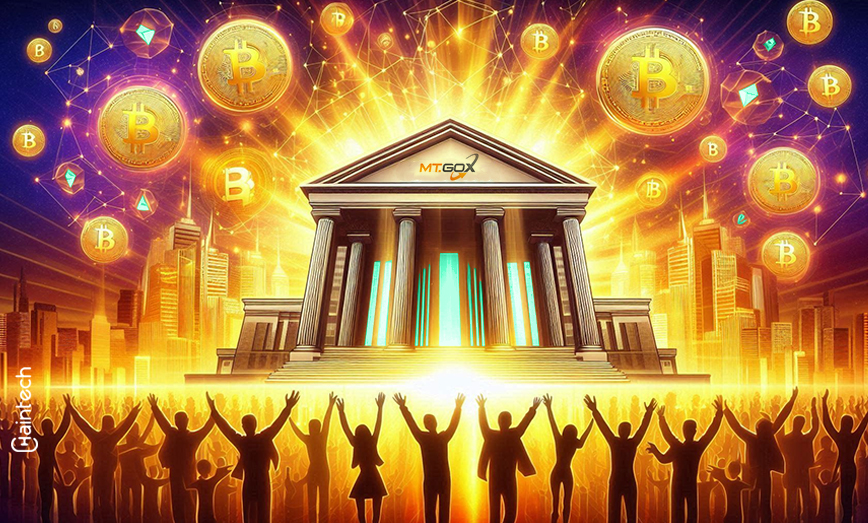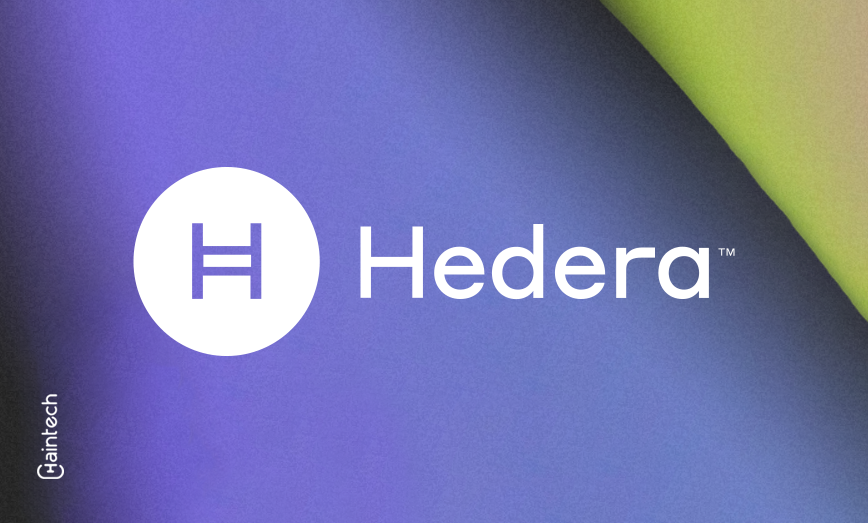Mt Gox Hack Explained

1. Introduction – What is Mt Gox Hack?
The 2010–2014 cryptocurrency exchange Mt Gox processed over 70% of Bitcoin transactions worldwide. After becoming the largest and most popular Bitcoin exchange, Mt Gox was crucial to the early cryptocurrency market.
However, Mt Gox was hacked in 2014, stealing thousands of bitcoins and causing users severe financial losses. Estimates put the number of stolen bitcoins at 850,000, worth hundreds of millions of dollars. This security breach shook the cryptocurrency community and raised concerns about the reliability and safety of digital currency exchanges. Mt Gox declared bankruptcy after the hack, putting creditors and users in disarray.
Creditors worried they would never recover their losses throughout the years-long bankruptcy proceedings and legal battles. This example highlights the risks of early bitcoin trading and the need for strong security. Let’s understand more about it.
2. History of Mt Gox
In 2006, Jed McCaleb developed Mt Gox to trade “Magic: The Gathering Online” cards. As cryptocurrency interest rose, McCaleb rebuilt the site to exchange Bitcoin in 2010. Mt Gox sold 20 bitcoins for 5 cents on its first day.
Japan-based French developer Mark Karpelès bought Mt Gox from McCaleb in 2011. Karpelès made Mt Gox the biggest Bitcoin exchange. Karpelès’ efforts to increase Mt Gox’s user base and trading volume were the driving force behind this quick growth. Mt Gox handled over 70% of Bitcoin transactions. Karpelès called Mt Gox the ascendant bitcoin market leader.
However, quick expansion was costly. Many security and technology difficulties plagued Mt Gox. Several hacks cost the exchange users’ money. After failing to patch these vulnerabilities, Mt Gox was hacked in 2014, seizing 850,000 bitcoins worth hundreds of millions.
The massive security breach led Mt Gox to close and declare bankruptcy, leaving users in debt. The hack generated a lengthy court battle and highlighted bitcoin exchange security. Mt Gox’s story is a cautionary tale and a turning moment in bitcoin, despite its death.
3. What happened exactly to Mt Gox Hack?
In June 2011, Mt Gox said hackers stole 25,000 Bitcoins (worth $400,000) from 478 user accounts. The exchange had many issues after this episode. Later that year, a hacker used a Mt Gox auditor’s compromised computer to steal a lot of Bitcoins, causing the exchange’s price to drop to one penny.
The worst blow occurred in February 2014 when Mt Gox banned withdrawals due to “suspicious activity” in its digital wallets. Later, 850,000 Bitcoins worth hundreds of millions of dollars were found missing from the exchange. Mt Gox declared bankruptcy and liquidated to repay creditors after this massive loss.
In early February 2014, withdrawals were suspended, indicating the exchange’s poor state. The corporation learnt it “lost” hundreds of thousands of Bitcoins. Estimates ranged from 650,000 to 850,000 Bitcoins. The loss of that much bitcoin destabilised the market, even after Mt Gox found 200,000 Bitcoins.
The missing Bitcoins were worth hundreds of millions of dollars, bankrupting Mt Gox. The exchange filed for bankruptcy in April 2014 in Tokyo District Court and was ordered to sell assets to reimburse creditors. There was conjecture that Russian hackers were behind the robbery, and some Bitcoins may be recovered.
The collapse of Mt Gox highlights the significance of strong bitcoin exchange security and has changed the industry’s approach to protecting digital assets.
4. The future of Mt Gox
Mt Gox delayed claim deadlines five times between October 2019 and October 2020. This lengthy procedure mirrored the difficulties of recovering from one of cryptocurrency’s worst flops.
Mr. Kobayashi said in November 2021 that Japanese courts and Mt Gox creditors have agreed on a rehabilitation plan. The proposal phased in creditor registration and compensation. The Mt Gox Online Rehabilitation Claim Filing System accepts creditor codes from approved rehabilitation creditors.
In February 2021, the Tokyo District Court referred the rehabilitation draft to a resolution. The court voted on and approved the draft, sealing the process and blocking further claims inNovember 2021.
In April 2024, Mt Gox warned creditors about criminals trying to steal funds by connecting their wallets to a “uniquely generated withdrawal” page. Repayments were still underway. This persistent attentiveness shows the Mt Gox case’s ongoing influence and caution.
Mt Gox’s cryptocurrency future is uncertain. Undoubtedly, a key chapter in cryptocurrency history is ending. The Mt Gox scandal taught the industry the significance of security, trust, and strong legal and regulatory frameworks to safeguard investors and users.
5. Conclusion
Mt Gox is a warning for the bitcoin industry. Its quick expansion and lack of operational experience and security led to a spectacular demise that continues to affect crypto exchanges. Mt Gox shows the importance of strong security, transparency, and responsible leadership in digital assets.
The ongoing bitcoin recovery and user payback are examples of the cryptocurrency community’s tenacity and determination. The Mt Gox settlement highlights the significance of security and openness to prevent repeat incidents.
While Mt Gox’s future in the bitcoin market is unknown, its significance is undeniable. After its collapse, the sector is adopting more secure and trustworthy processes, making everyone safer. Mt Gox shows that attention and integrity are essential to creating a sustainable and trustworthy ecosystem in the fast-changing world of digital assets.









